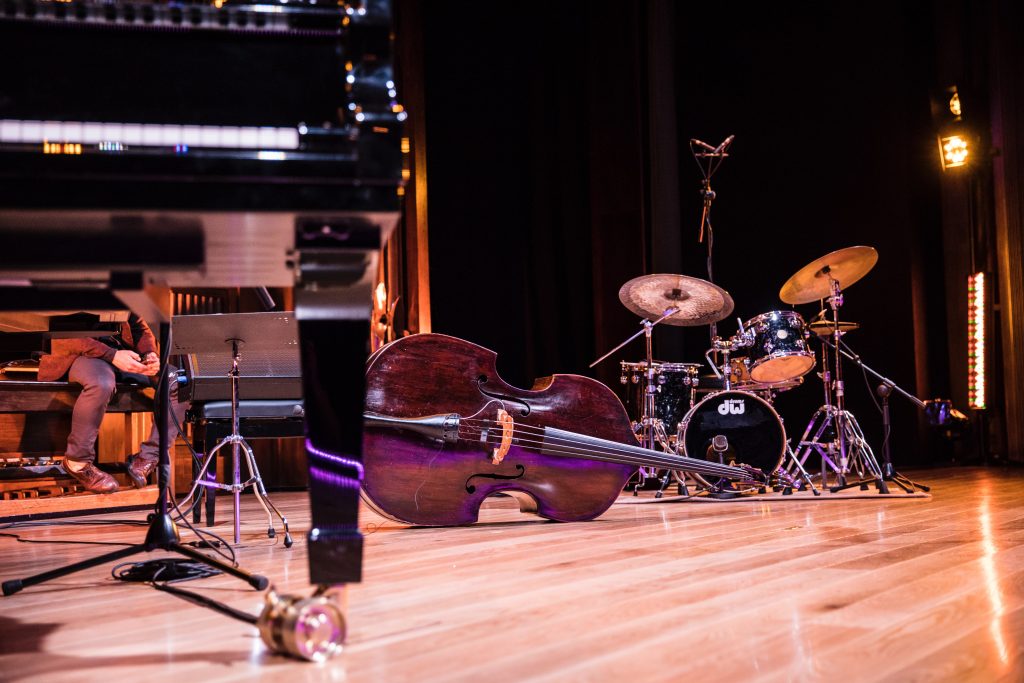In my work with new improvisers, I have found a handful of traits that many students have in common. The sum of these traits, I believe, combine to create a sound that defines the beginning improviser. Many new improvisers will exhibit one or more of these characteristics. Being able to identify these pitfalls in students’ playing and then guide them in a different direction will help put students on the path to playing more mature sounding solos.
Read More »Improvising
Creating Successful Solos with Beginning Improvisers
Improvising can be an intimidating task for students, especially when they’re new to the process. The idea of having unlimited options of what to play can be overwhelming. It’s like going to a restaurant and being handed a large menu in a language you don’t speak. How do you even begin to choose? By placing purposefully chosen limits and guidelines on students, teachers can make the process more approachable and give students the direction they need to start building successful improvised solos.
Read More »How Free Improvisation Benefits Playing Over Changes
When teaching improvisation, so much of the focus goes into harmony. Which chord tones sound best? How can we connect one chord to the next? How many ii-V-I licks can you come up with? Can you learn those licks in all twelve keys? We can spend so much time and effort addressing harmonic approaches that we sometimes lose sight of other very important aspects of improvising, notably playing melodically and expressively.


